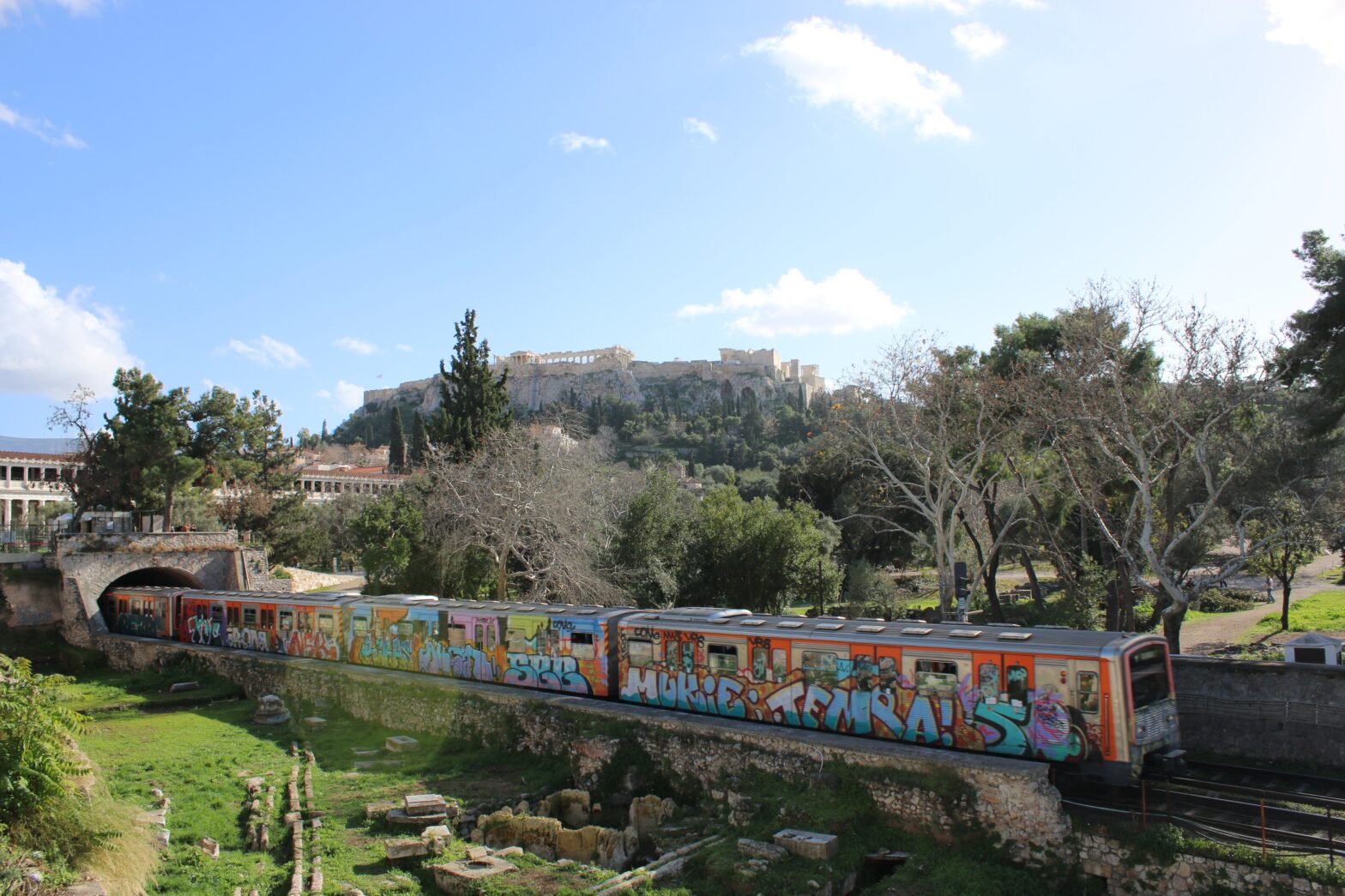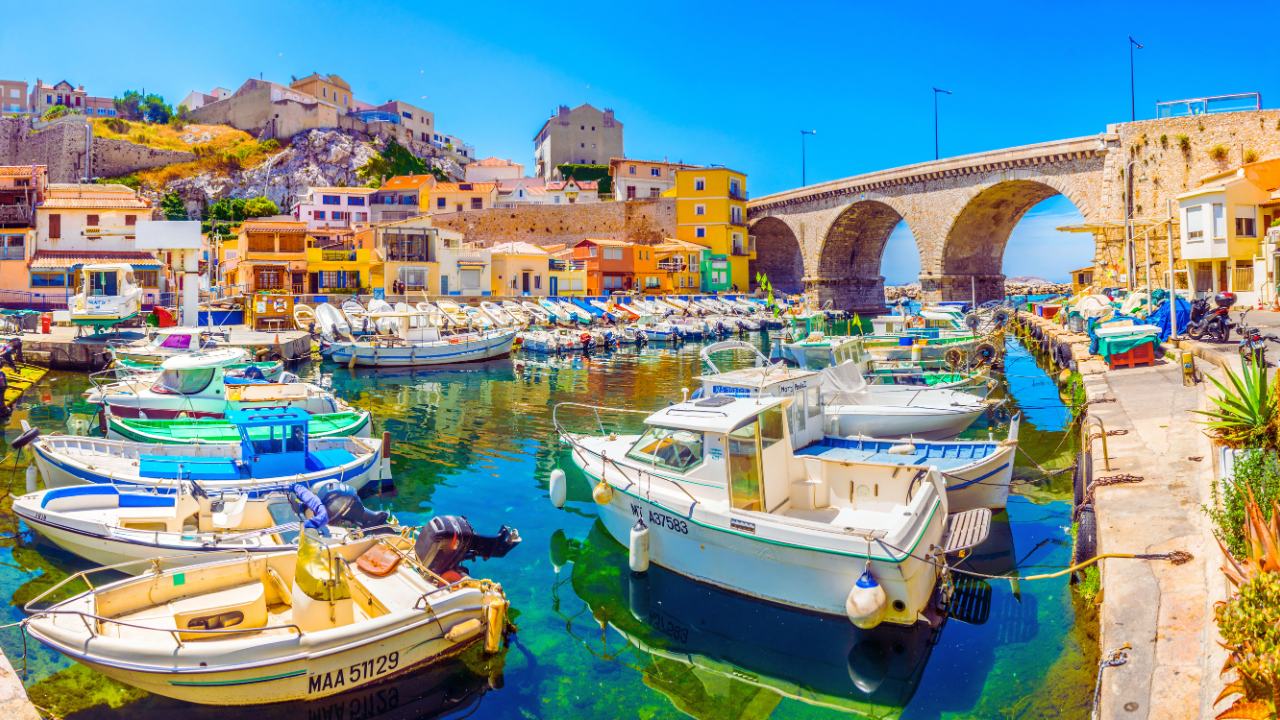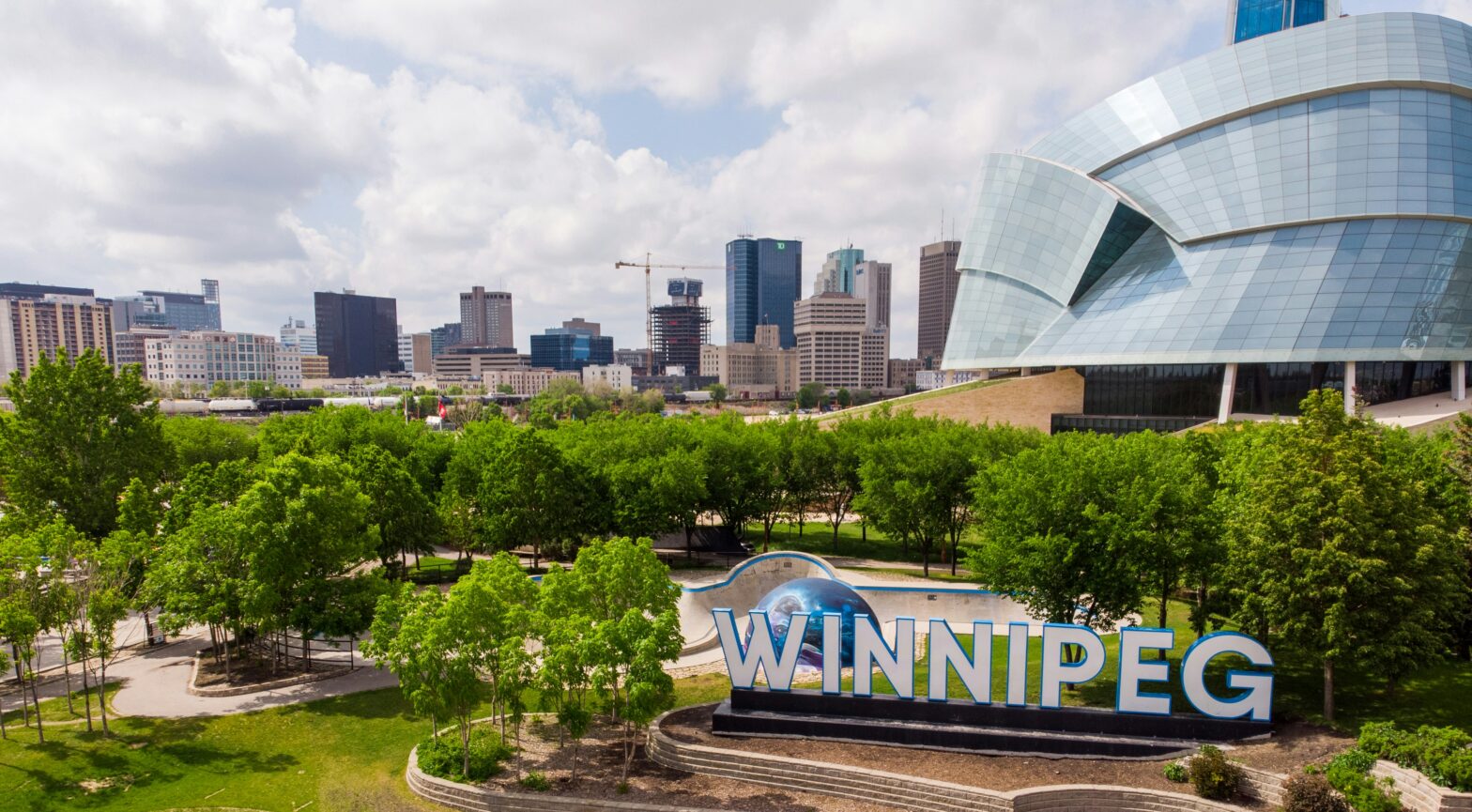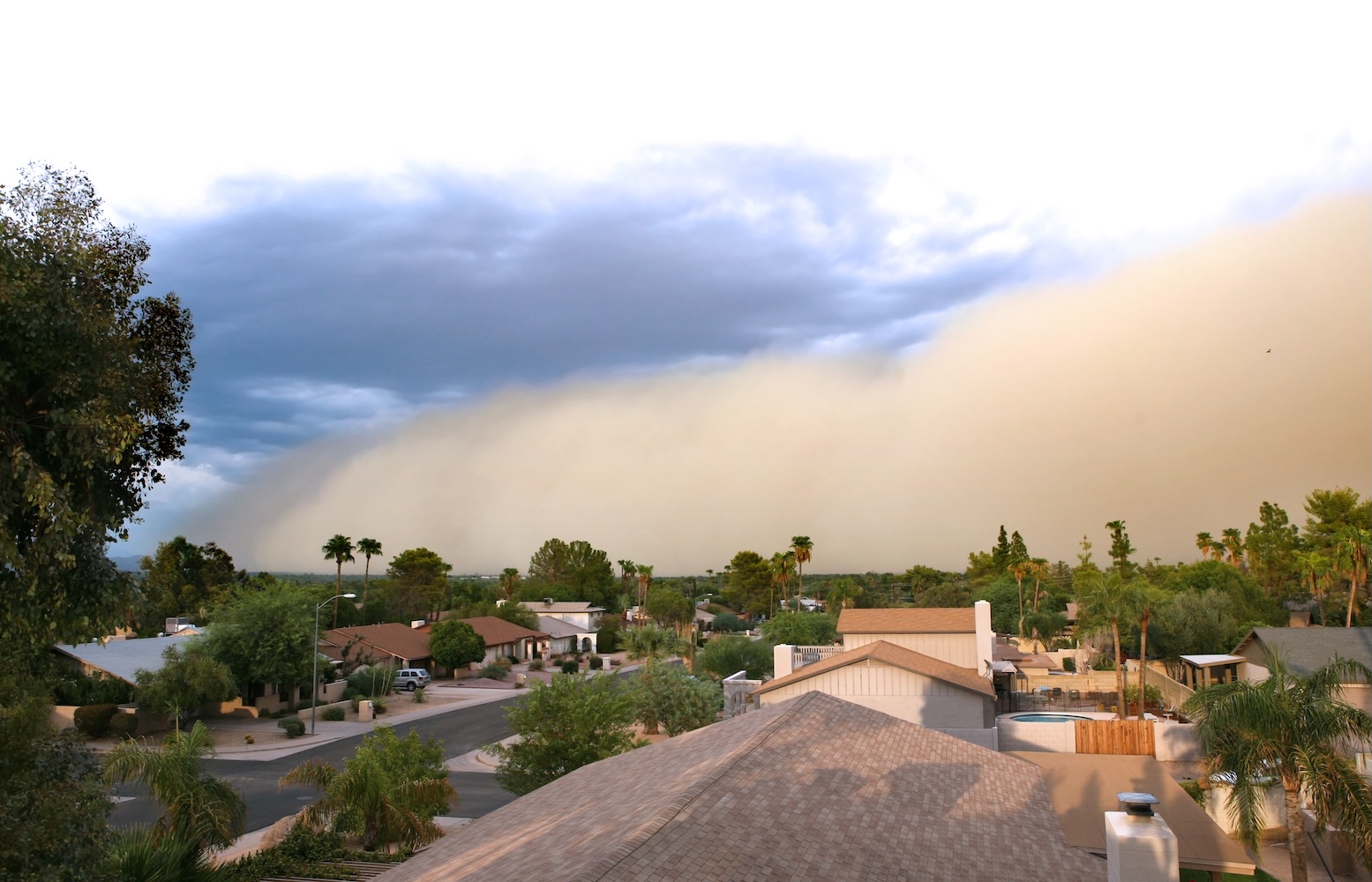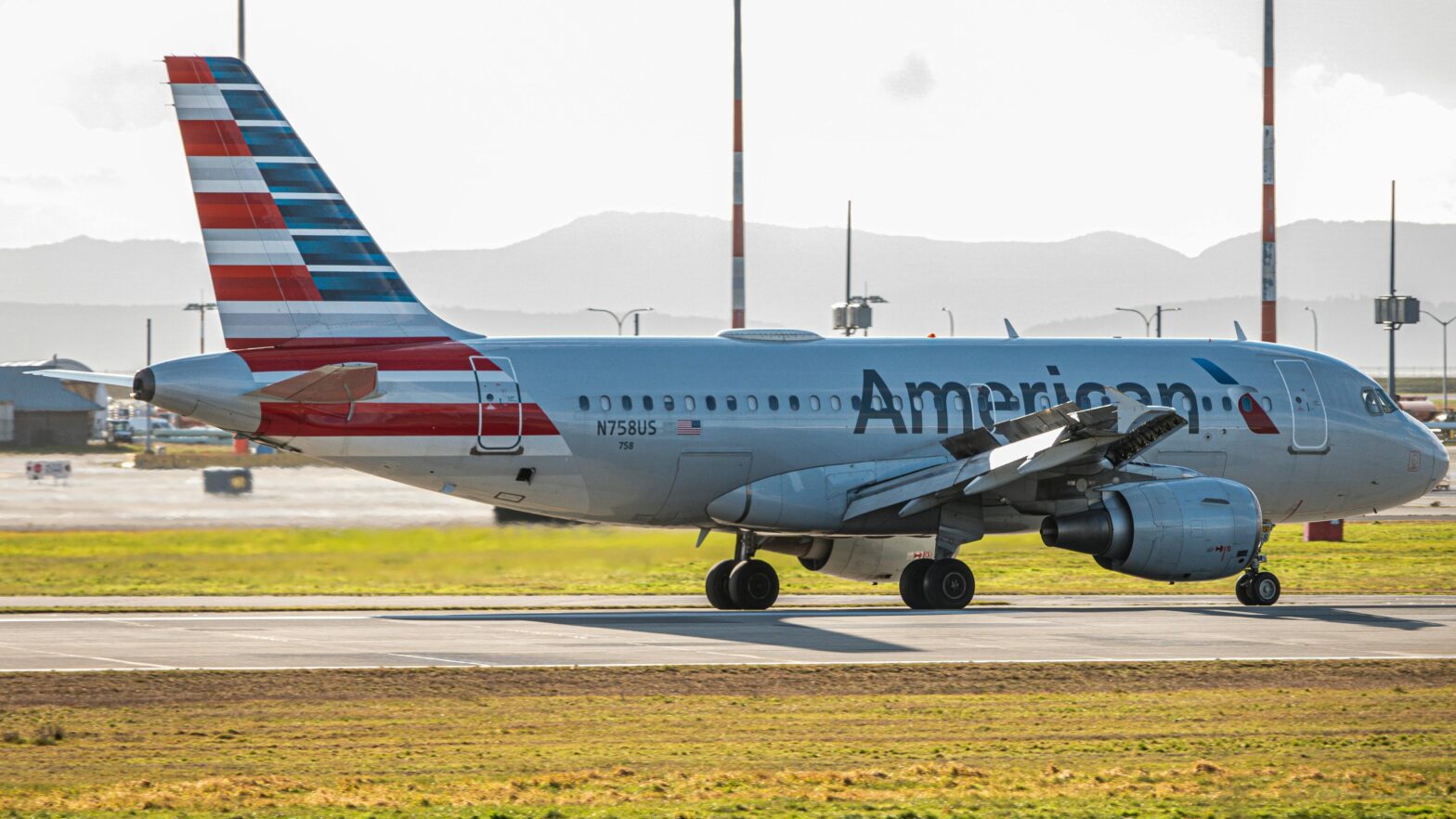A deadly train collision claimed the lives of at least thirty-six people, nine of whom were rail employees, in Greece.
Based on footage of the wreckage, that number will almost surely climb. The accident happened Tuesday evening in Larissa, the capital city of the Thessaly region. The Greek prime minister, Kyriakos Mitsotakis, declared three days of national mourning. Greek and European Union flags were set to half-mast.
Here’s everything you need to know about the situation.
What Trains Were Involved?
The first train was a passenger train that held approximately 350 people. It departed from Athens and was traveling to Thessaloniki, the country’s second largest city. Many of the passengers were returning home following the three-day festival that precedes Lent.
The second train was a freight train, loaded with construction materials, including heavy steel plates. When the collision happened, the first two cars went flying off the track. According to local media outlets, the train “twisted backwards and caught fire, leaving them completely disintegrated by morning.”
How Did The Accident Happen?
Although the trains appeared to be traveling on a double-track line, both trains seemed to be moving on the same track. The trains collided at around midnight local time, as the passenger train was exiting a tunnel under a highway.
Emergency and rescue teams were working through the night and into Wednesday morning. They searched through the rubble for survivors. Due to the large amounts of twisted steel and debris, they had to employ a crane.
What Became of The Survivors of the Train Collision?
Many of the survivors were taken by bus to Thessaloniki. There, police took names in order to track those who were still missing. Others were taken to the hospital in various conditions.
The number of serious injuries, coupled with the fires which erupted in the first few cars (with temperatures of over 2,300 degrees Fahrenheit), guarantees the death toll will rise. Roubini Leondari, the chief coroner in Larissa, admitted that DNA tests would be necessary to identify the dead.
Survivors of the Train Collision Share Their Experiences
Stefanos Gogakos, who was sitting in the rear car, told the media that his head slammed into the roof. The collision also threw other passengers into the ceilings, out of the windows. Some were showered with glass.
Before Stergios Minenis managed to escape the wreckage, he said he heard a loud bang. Pandemonium followed the loud band, and Minenis heard screaming, crying, exploding windows and people desperately trying to escape.
An Investigation is Pending
There is one question that comes to the minds of most people: how did this crash happen?
As noted by the BBC, authorities arrested and charged the Larissa station master for negligence. He blamed the accident on a “technical failure.” Local Greek media reported that the station master admitted to an error in directing the trains. That error resulted in of a power cable explosion at a nearby station on Tuesday afternoon.
That explosion involved a 25,000-volt power cable which toppled onto a train at the station in Palaeofarsalos, resulting in hours of delays.
The Greek Transportation Minister, Kostas Karamanlis, resigned. According to AP News, he did this as a gesture of respect for the people who died unfairly. Karamanlis said that more people weren’t down to modernizing the railway system, in spite of his best efforts to facilitate that.
The situation caused dozens of train routes to be canceled. Authorities are trying to piece together what happened with the hope this kind of accident won’t occur again.
